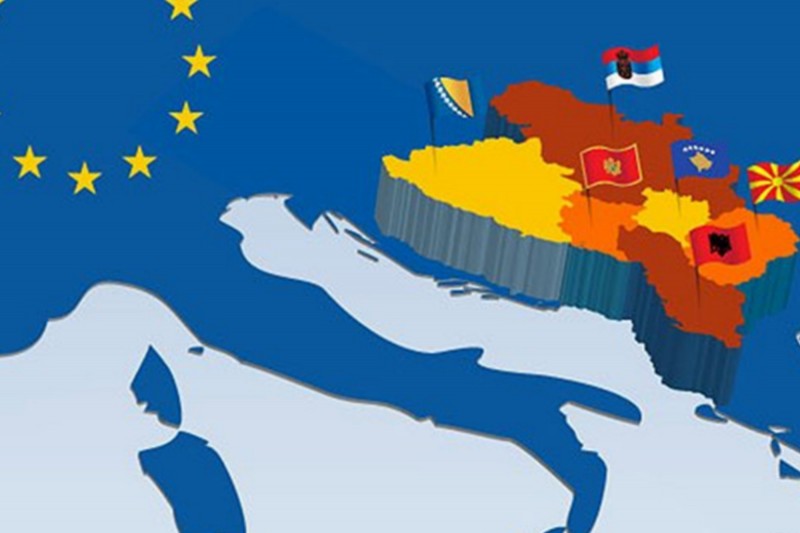
Mapping of the hybrid war and Western Balkans
Endangering the EU integrations
In the preparations for the May summit in Sofia which will be dedicated to Western Balkans, the EU has specifically highlighted the importance of the stable security situation in the region. While analyzing the summit’s agenda, the Ministers of Foreign Affairs in EU pointed out to the “vital importance of fight against new hybrid threats”.

What exactly does this construction, used more often after the annexation of Crimea and conflicts in Ukraine, precisely mean?
From the resourceful arsenal of weapons used in hybrid wars (meaning all available tools and mechanisms but official deployment of army) what can be expected or has already been detected in Western Balkans?
Tools and agents used in the context of a hybrid war are really nothing new; They were already implemented in the practices of the cold and asymmetric warfare, however, they were significantly strengthened in the digital age, their efficiency has been enhanced and their management better coordinated. On the other hand, the targets were always and remain today - the countries or regions suitable for ''treatment of hybrid war '' – those characterized by mismanagement, the absence or deficiency of democracy, weak rule of law, social and ethnic tensions and conflicts.
Technological aspect of a hybrid war is its integral, and in fact unavoidable part; in order for it to be successful, it implies the significant presence of media in the target country/region, but also the support of media from abroad, including both local and international public as well as the public of the country which runs the hybrid war.
The conference that ANTIDOT hosted in April in Belgrade was called " The external influences on media interpretations of security issues in the Western Balkans", which was attended by the journalists from the region, included a series of case studies, which clearly showed that hybrid war in the Western Balkans is already underway.
This article will present these various forms of other hybrid threats, taking into account the Ukrainian experience that preceded the annexation of the Crimean War and the conflict in the Eastern part of that country. Stages and forms of hybrid threats that will be outlined in this article do not necessarily have to appear in the same order and shape in the countries of Western Balkans.
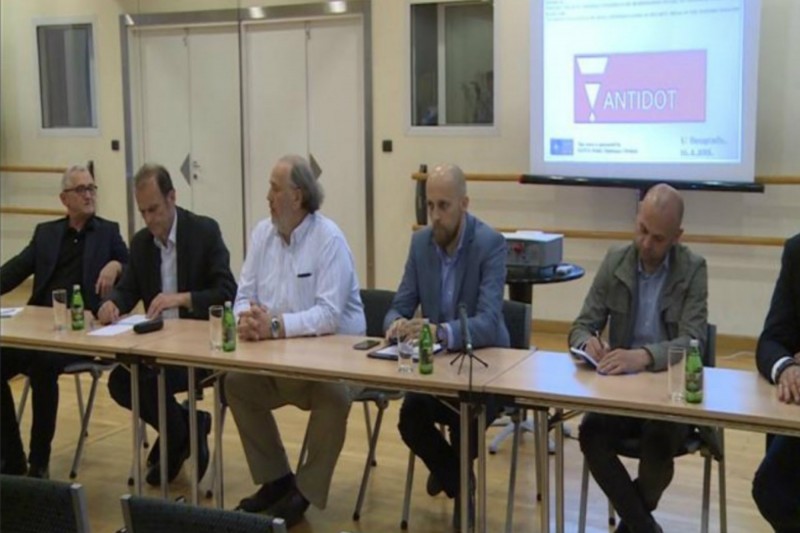
Hybrid war, as evidenced by the case of Ukraine, primarily involves the demolition of the country from the inside. But the notion of hybrid war after the events in Ukraine in 2014, which primarily involved non-state actors, ''extended '' to more or less direct involvement of external authoritarian structures associated with Moscow, which were, again, controlled and managed by numerous centers in Ukraine, which significantly hampered the work of official the government in Kiev.
At the same time, apart from the fact that after the events in Ukraine the very concept of hybrid warfare changed, the very essence and the list of its actors changed as well – many new players came into the field: from various hacker groups and cultural clubs, clubs of Ukrainian-Russian friendship, church, non-governmental organizations, to the criminal groups (which used a variety of tools - archives of the KGB, classic gangster racketeering, blackmail and murder).
Pro-Russian media, as well as media financed from Russia (and in Russian media close to the Kremlin or under its control) used special forms of subversive information warfare. In short, from the Ukrainian case, these forms can be described as mechanisms for production of misleading information which, through the use of subversion techniques, were aimed at undermining Euro Atlantic orientation of Ukraine and derogation of Western institutions.
Even during the destabilization of Ukraine, especially in later years, there was already a speculation on which countries are next in line for the application of used techniques in hybrid warfare in Ukraine. The first organization to warn about this in Serbia was the Forum for Security and Democracy.
Among the countries that were thought to be at risk of hybrid threats through the coordinated use of political, diplomatic, economic, informational and other pressures and measures similar to those in Ukraine - excluding military- and with the beginning of new and ever sharper conflict between Russia and the West and the EU, were the Baltic countries which are now part of EU, but also Georgia, Moldova, and the countries of the Western Balkans (and of course Syria, which was even then, and especially after the recent events, a separate topic).
The use of a part of the hybrid war arsenal is also associated with the US presidential election in 2016 – which is now a part of a special comprehensive investigation launched by the US Congress, that is yet to be completed. (ANTIDOT has already published a series of articles by different authors on this topic.)
The list of assumptions and warnings on hybrid war which was led against Ukraine and can be used in other places, and by any influential country not only Russia, also includes the one that hybrid war requires a set of prerequisites that enable a certain country to be in the position of power against another particular country; as well as the differentiation of stages- the preparation stage and an open execution, which can also involve the use of violence and military operations in the form of informal rebel or voluntary groups.
This is even more important from the aspect of the preparation phase, as this phase doesn’t have to involve any illegal or illegitimate activities in the target country.
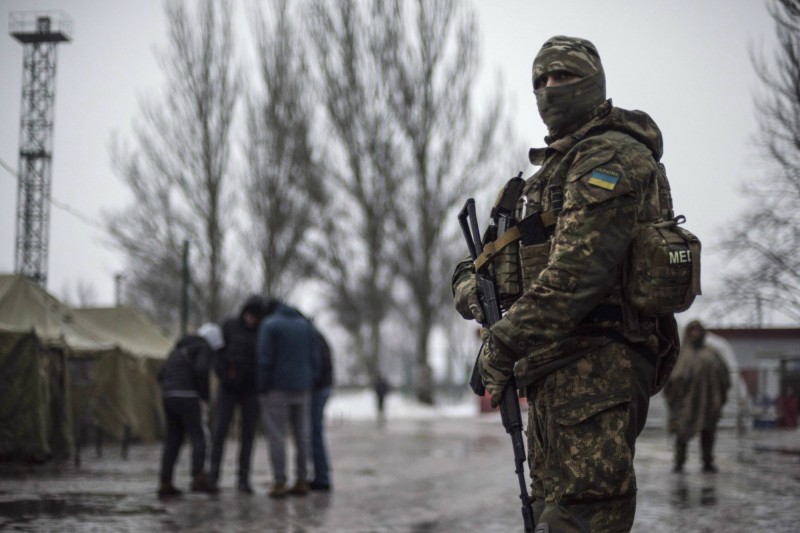
Preparations for the Hybrid War
Activities that can be subsumed under the preparation of a hybrid war in the initial phases do not differ a great deal from the usual diplomatic tools - from establishing contacts with decision-makers and influential figures in particular country, to gathering information, establishing contacts with the media, acquiring support for cultural projects, cooperating with civil society and especially the pro-Russian oriented groups. These activities can be applied in any environment, under any circumstances and of course with varying degrees of efficiency. This mixture of diverse tools often makes it difficult to detect the preliminary stage of hybrid war and its threats, especially in dysfunctional states.
In Ukraine, the preparation phase of hybrid war was additionally founded on the capitalization of country’s inner weaknesses, such as malfunctioning of central government and corruption in police and military structures. Namely, Ukraine was the third most corrupt world’s country, with tycoons influencing the executive government and the legal system. Their network included military, police, main political parties as well as most influential media. The fact that certain politicians and government representatives in Crimea and Eastern Ukraine preferred to take orders from Moscow rather than Kiev doesn’t need additional emphasizing. For instance, numerous media wrote about the replaced pro-Russian oriented President of Ukraine Janukovich and his organized activities against parts of secret service that targeted Russia, thus opening the channels for direct Russian influences into the country.
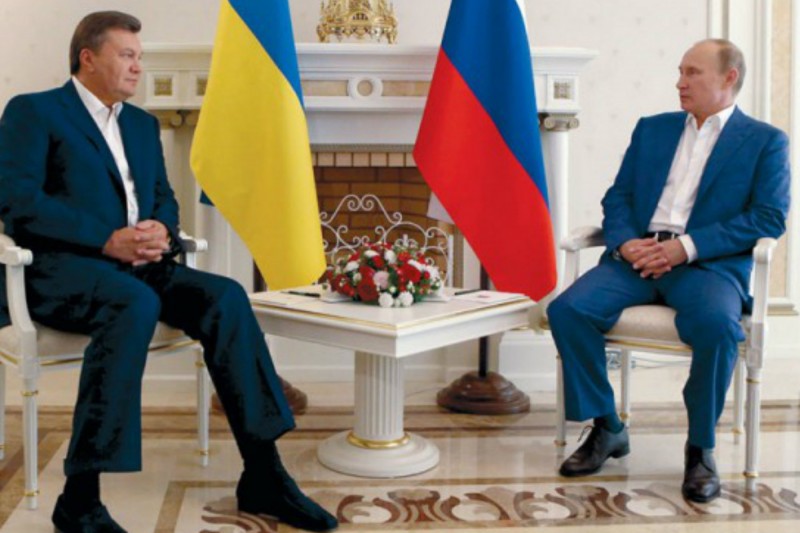
Mapping the weak spots
The preparation phase of the hybrid war is characterized by the mapping of strategic, political, economic, social and infrastructural weaknesses of the targeted country, and the mechanism set up to encourage them. Here we analyze the political, strategic and operational preparation for the hybrid war.
Strategic preparation involves the identification and analysis of vulnerabilities in the country’s administration, economy and armed forces. It also analyzes the capacity of civil society, including the creation of a network of non-governmental organizations that support or are inclined to support to the objectives of the hybrid war.
Special attention is devoted to the creation of media space which will promote the aims and plans of the one leading the hybrid war in the target country, but also in the neighborhood, sometimes even using the traditional diplomatic channels.
Political preparation of a hybrid war includes a wide range of activities in the target country.
In transition countries, it begins with winning over the politicians and political organizations, bribing them for future activities, as well as bribing the government officials, especially the police and the army.
At the same time, political preparation includes different ways of encouraging existing social tensions and conflicts, whether regional, ethnic or religious, as well as increased talk on the dissatisfaction with the social status and standard of living. Media within the country and abroad are used for defamation of political and economic partners of the target country, encouragement of criticism towards the official government, establishing the public discourse of dissatisfaction with the proclaimed political orientation and the use of diplomatic, special operations and other ways of manipulation.
Ukraine case was specific in terms of creating conflict and/or “producing” local oligarchs and successful business people who became supporters of Kremlin objectives through profitable and privileged affairs. There was also talk on Russian connections with local criminal groups (please refer to earlier articles published on ANTIDOT).
Operational preparations are characterized by coordinated actions of political pressure imposed by supporting politicians, officials and the media and planned slander campaigns- all with the aim of receiving larger support.
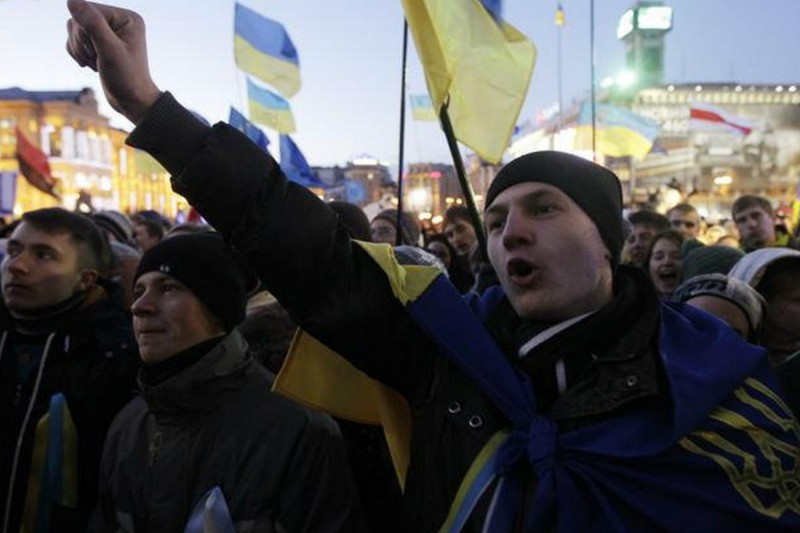
Open Hybrid war and its consequences
How does it start and how does the stage of open hybrid war execution look? Most analysts agree that it is characterized by a set up organization of different political forces, movements and centers of power, the open undermining of official government activities, activation of conflicts and tensions and finally open confrontation and use of violence.
This refers to the organization of mass anti-government protests across the country; coordinated slander campaigns that focus on the main issues of conflict; encouraging the polarization and radicalization among the already divided public opinion; open advocating for different political orientations and preferences; offering of the new alliances - contrary to those which have been identified by the society and the state; and finally attempt to capture the institutions through mass demonstrations - breaking into the parliament or government institutions, creation of furious masses, among which “special elements” are inserted, along with the “guests” from abroad.
At the same time, the government of the target country is exposed to various kinds of pressures- from diplomatic, to political, economic- such as blackmailing, cutting the supplies of energetics or trade and financial bans.
The consequences and implications of hybrid threats and hybrid funds used for the war against the targeted country reflect in serious economic difficulties and political destabilization. They can even lead to complete paralysis of the country which can no longer fulfill its obligations towards any political or military international association it used to belong to.
This may be accompanied by severe humanitarian crisis, even the loss of population or territory, be it by secession – pronouncing of independence or through the organization of a “referendum'' on some other crucial issue that will reverse the present foreign policy interests and economic orientation of the target country.
In the case of Ukraine, the hybrid war led to a referendum and annexation, annexation of Crimea to Russia, while in its eastern part, armed conflicts and self-proclaimed ''new countries” blocked and threatened the perspective of Ukrainian membership in the EU, although Russia previously emphasized that it only opposes Ukrainian membership in NATO, not the EU.
This last example of Russian consent to the Ukraine’s orientation towards the membership in the EU, which was subsequently withdrawn after a number defamation activities led against the EU and the West, leads one to the possible comparison with the situation in the Western Balkans.
All countries of the Western Balkans region have clearly opted for membership in EU.
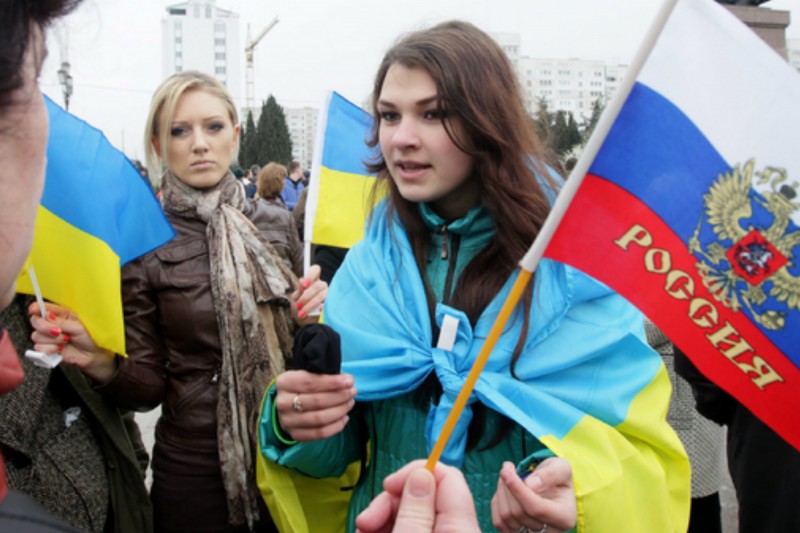
Fully decided for NATO membership are Macedonia and Montenegro (which has become a NATO member despite a multi-levelled application of hybrid war weaponry precisely initiated because of Montenegro’s aspiration to join NATO, an action directly coordinated from Russia, which even included the attempt of coup d’etat and violent overthrowing of government, for which a number of people are currently on trial in Podgorica).
Most of the characteristics outlined in the beginning of this article are identifiable in the region of Western Balkans, not only in Montenegro. Dangerous scenes from Macedonian parliament are still vivid and could have led to major political instabilities. Previous years in Bosnia and Herzegovina were marked by constant talk on the referendum on Republika Srpska independence, especially from its President Milorad Dodik, a political decision which would endanger the territorial integrity of entire country. This referendum could severely threaten the postulates of Dayton agreement that BH is founded on, thus placing its guarantors, Serbia and Croatia, in the state of conflict. In the worst case scenario, this situation could lead to the activation of NATO’s article 5 on one side, and Russian involvement through paid fighters on the other.
Information and media war in Serbia is led against its progress to EU membership and an open anti-Western propaganda is already happening. Open invitations to discourage Serbia on its road to EU can be heard more often than ever before, the anti-NATO atmosphere is being nourished, despite Serbia’s membership in the Partnership for Peace for longer than a decade; advocating for political and military neutrality, equal cooperation with ODKB or joining the Euro-Asian union is now becoming a discourse trend. Analytical and critical approach to this problem is usually labelled as “Russo phobia”.
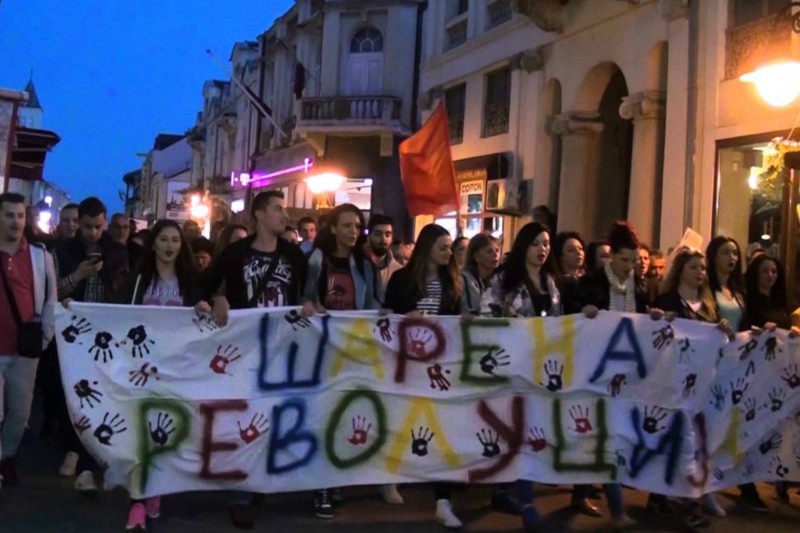
Defense from Hybrid threats
In the early 2018, the US Congress presented the comprehensive study called ''The influence of Putin's asymmetric attacks on democracy in Russia and Europe on the security situation in US''. In this comprehensive document, which was forwarded to the Committee of the US Congress on Foreign policy, a few pages were devoted to the Russian damaging influence in the Republic of Serbia ''. The article particularly emphasized the influence of Russian propaganda on public opinion in Serbia.
The public in Serbia is familiar with the contents of this analysis in more or less detail, but it is not familiar with an unequivocal assessment that the Serbian authorities have done very little to counter this influence.
The same applies to the fact that the progress of EU integrations and the opening of new chapters in the accession negotiations strengthen the pressures against Serbian membership to EU. In this context, it is once more explicitly repeated that Serbian authorities are doing very little to counter Russian and anti-EU propaganda.
The debate on these opposing statements is completely absent in Serbian public.
On the contrary, the mentioned propaganda described in previous passages is becoming stronger, with a number of mentioned examples, while in the meantime, the anti-EU discourse has gained such momentum that it sometimes seems like EU narrative is completely overpowered in favor of the anti-EU one – especially in the context of dialogue between Belgrade and Pristina.
To the question whether there is a plan to suppress this anti-Western propaganda there is no specific answer so far, neither from the pro-European politicians or from the official government. Nor are there any specific debates on the ways Serbia will deal with the threats of hybrid war that is being prepared with the aim to jeopardize Serbian membership in EU.
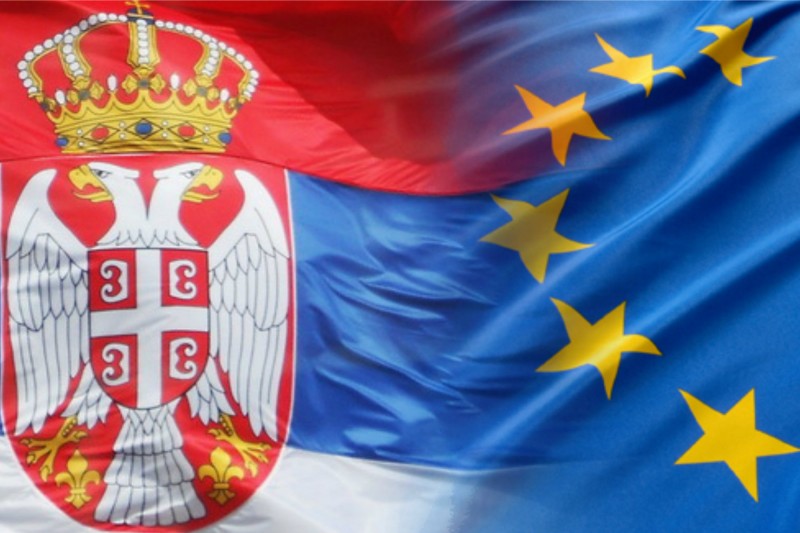
In the beginning of this article we outlined the preconditions for the preparation of hybrid war. In this sense, a theoretical answer that good management of the country is the best response to these sorts of threats sounds ironic, since defense from these threats lies precisely in the good management of public administration, absence of corruption, strong rule of law and respect for human, ethnic, religious and minority rights etc. including the freedom of media of course. However, with this notion, freedom of media in Serbia precisely puts a great risk on the open channels for hybrid threats influence in the target country. What are the ways that a country can use in order to defend itself from hybrid war threats? First and foremost in the decisive attitude of the government to publicly acknowledge them and publicly fight them, like Montenegro did, or even Macedonia.
Scholars and analysts especially stress the need for keeping the balance between fundamental democratic freedoms and application of security measures, and most of all the importance of timely response to slander campaigns of the hybrid aggressor and use of available legal tools.
To Serbia, as a central security actor in the region, this process is of vital importance if it wishes to stay devoted to EU integrations.
